Tenda TEM2010F 8-port 2.5GbE and 2-port SFP
Tenda TEM2010F, 8 Port 2.5G Ethernet Switch – Support NAS 5G Transmission, Unmanaged 2.5G Switch with 8 x 2.5G Ports, 2 x 2.5G SFP Slots, 50Gbps Switching Capacity, Fanless, Limited Lifetime Protection.
Ksh 11000 excl vat
Key Features:
- Compliant with IEEE 802.3, IEEE 802.3u, IEEE 802.3ab, IEEE 802.3x, IEEE 802.3bz, IEEE 802.3cb
- 8*100/1000/2500 Mbps Base-TX Ethernet ports, 2*100/1000/2500 Mbps Base-X SFP ports
- 16 K MAC address table and MAC address auto learning
- IEEE 802.3x full duplex flow control and half duplex backpressure flow control
- 50 Gbps switching fabric for non-blocking wire speed forwarding
- 6 kV Lightning Protection
- Three-mode toggle: Standard, VLAN, Static Aggregation
- Desktop mounting & Wall mounting
KSh 11,000.00
CompareTenda TEM2010F 8-port 2.5GbE and 2-port SFP Switch
Today, we have a review of the Tenda TEM2010F. This is a 10-port 2.5GbE switch, that we purchased for our 2.5GbE switch round-up months ago, and we were so excited. We thought this was the MaxLinear MxL86282 for 8x 2.5GbE and 2x 10GbE switch that we had been waiting for. It turns out, that this was not and we ended up not getting it into our review. (Yes, we found a switch with that MaxLinear chip, but this is not it.) That said, it is time to give this Tenda its review on STH since it has more than a little “funk” to it.
Given the price at the time, we did not include this in our testing 21 different 2.5GbE switches video earlier this year.
Instead, we focused on switches where the SFP cages were SFP+ for 10G networking.
Tenda TEM2010F Hardware Overview
The switch itself has eight 2.5GbE ports and two SFP ports that were the ones that faked us out. We have seen models like the Gigaplus GP-S25-0802 8-port 2.5GbE and 2-port 10G switch that have two SFP+ ports if you just need more 10GbE. This is not that. Instead ports 9 and 10 are 2.5G SFP ports.
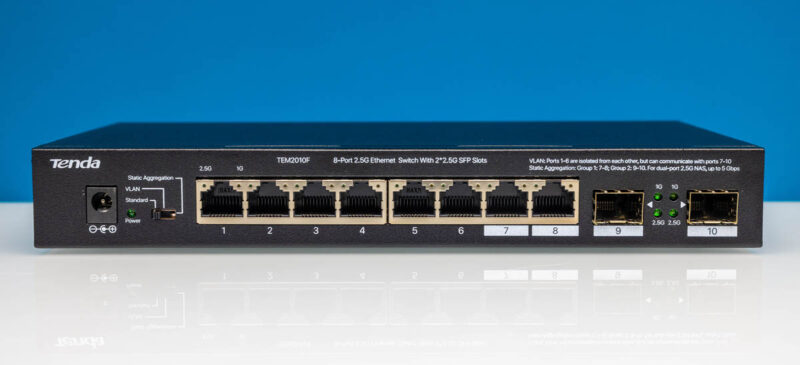
You will notice the toggle switch on the front, we will get to that in a bit.
On the side, we get vents.
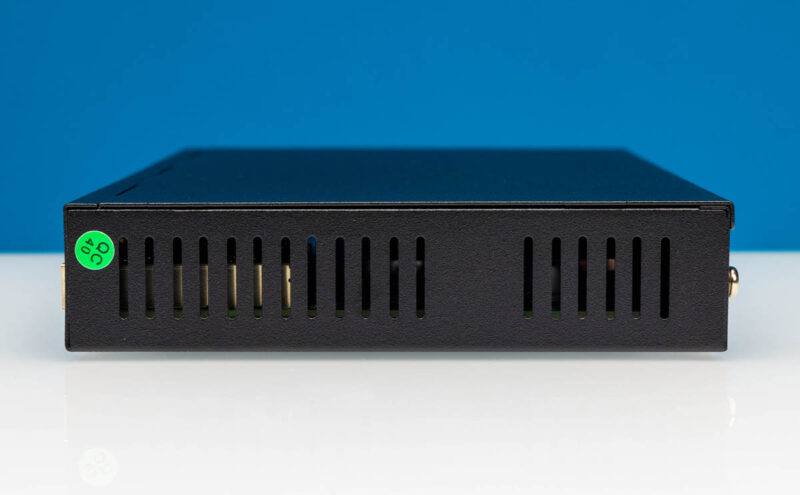
On the other side, we get a vent that looks like it is for a fan, but there is not a fan installed.
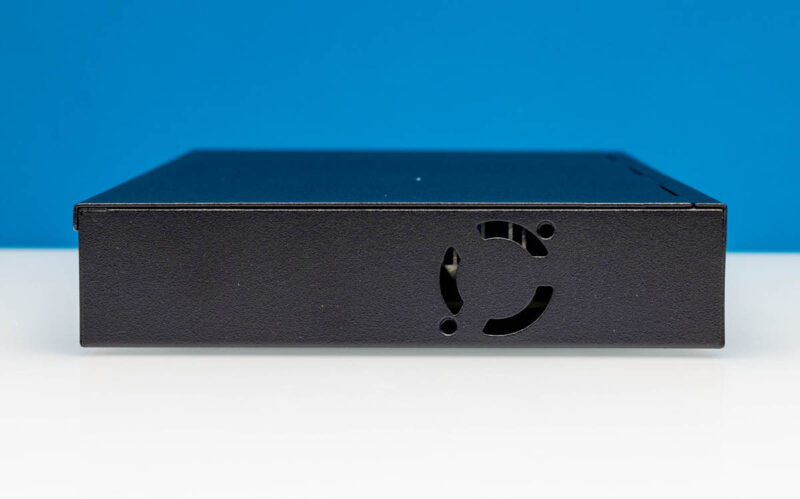
At this point, the specs are a bit hard to find on this one. Here is the box bottom that says this is a 50Gbps switching capacity switch with features like 6kW lightning protection. The best is that there is a diagram on the box that has a legend that shows Power and Data connections and shows that you put the power adapter into the switch, but then there are data connections to other devices, but only five devices. It feels like what happens if you need to fill up some box space and want to have a diagram.
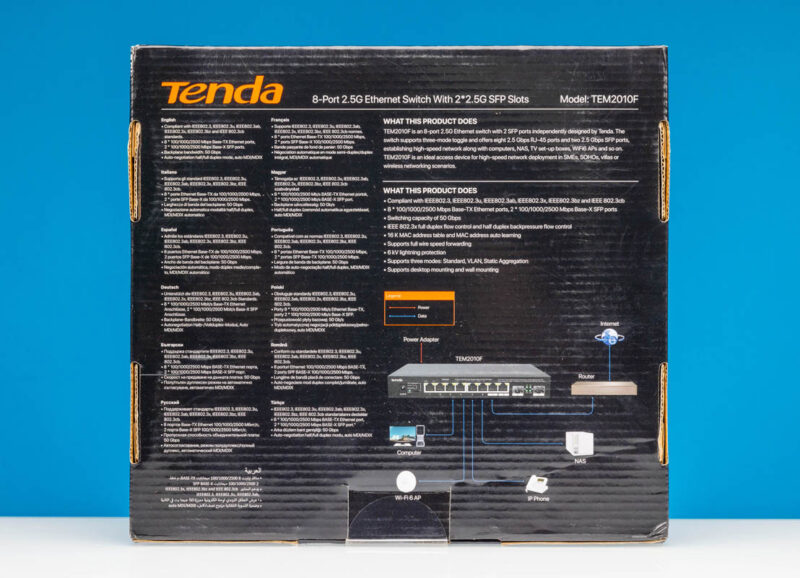
On the bottom, we get mounting points for wall mounting. Instead of rubber feet, we get metal feet.
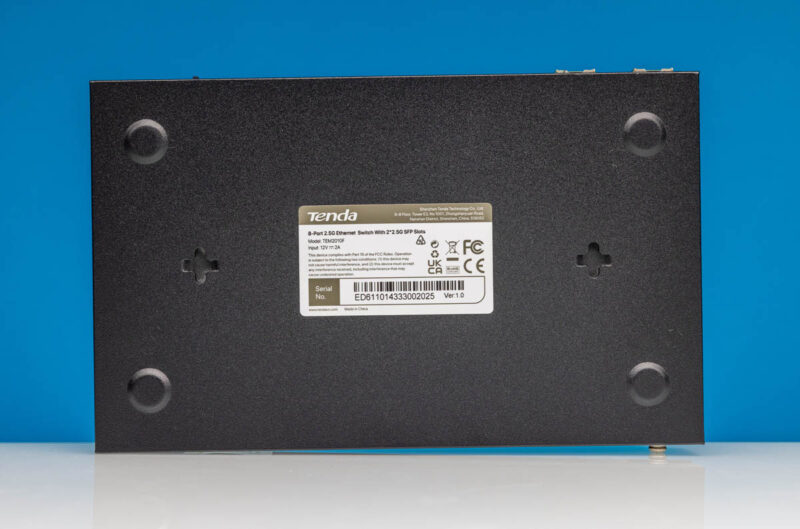
Opening the switch, we can see a giant heatsink.

We tried removing this heatsink, but it was not held on by screws or clips. Instead, it was soldered onto the switch PCB. Since we still needed to run this through its normal testing routine, it seemed like the wrong option to destroy this cooling solution which was a big bummer.
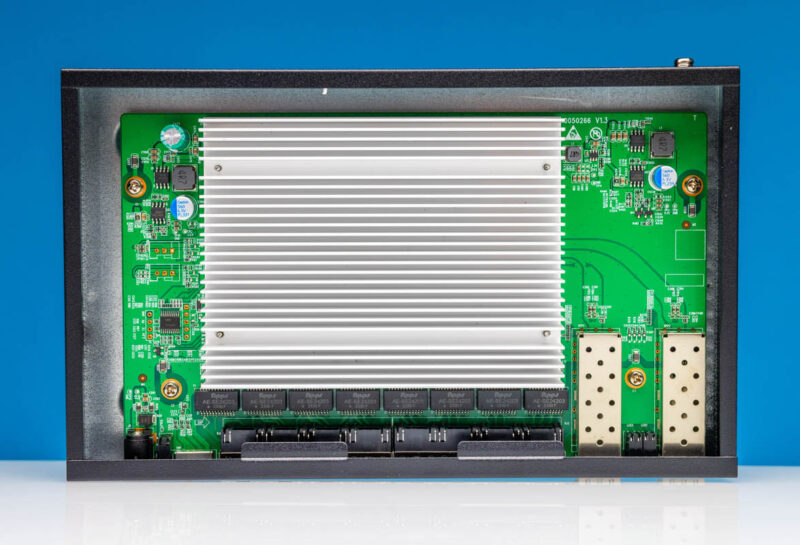





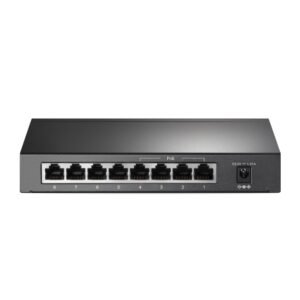

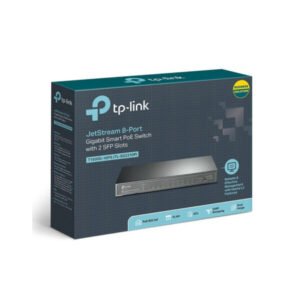
There are no reviews yet.